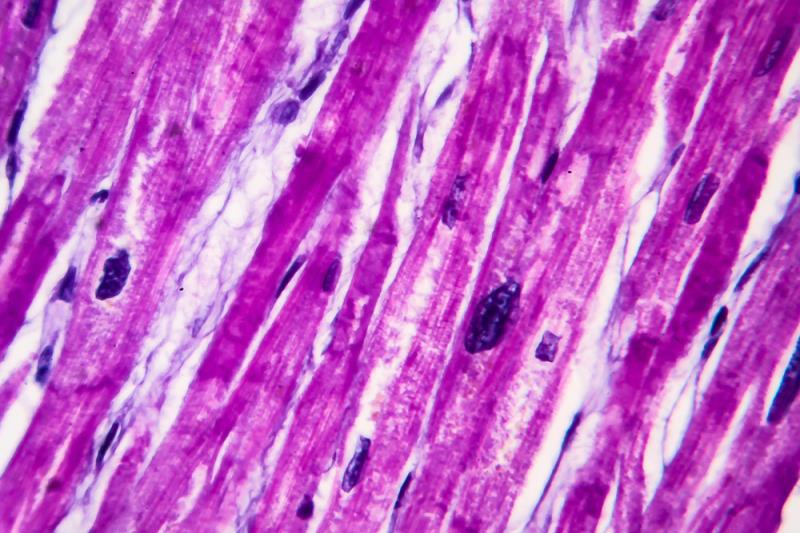
Parkinson’s disease (PD) patients with reverse dipping and nocturnal hypertension are more likely to have higher left ventricular (LV) mass and increased prevalence of LV hypertrophy, a recent study has shown.
The investigators evaluated cardiac alterations in PD patients with reverse dipping, put side by side with PD patients with nonreverse dipping and essential hypertensive patients.
In particular, 26 consecutive PD patients with reverse dipping at 24-h ambulatory blood pressure monitoring (ABPM) and no prior history of hypertension were compared with 26 nonreverse PD patients matched for age, sex and 24-h mean BP, and with 26 essential hypertensive patients matched for night-time mean BP. None of the PD patients had cardiovascular disease or received antihypertensive or antihypotensive medications.
Reverse dipping was defined by a systolic day-night BP difference <0 percent at 24-h ABPM. LV hypertrophy was defined by a LV mass index ≥115 g/m2 in men and ≥95 g/m2 in women.
LV mass, indexed for body surface area, in reverse dipping PD patients was significantly greater than in nonreverse PD patients (90.2±25.3 vs 77.4±13.3 g/m2; p=0.04) and was comparable to those with essential hypertension (91.6±24.8 g/m2; p=0.92).
Five reverse dipping PD patients and four hypertensive patients were diagnosed with LV hypertrophy; this condition was not detected in PD patients with nonreverse dipping status (p=0.046). In addition, increased LV mass index was found to be associated with nocturnal BP values, nocturnal BP load, weight BP variability and age.
“Patients with autonomic neuropathy associated with PD often show reverse dipping pattern/nocturnal hypertension at 24-h ABPM and diurnal orthostatic hypotension,” the investigators noted.